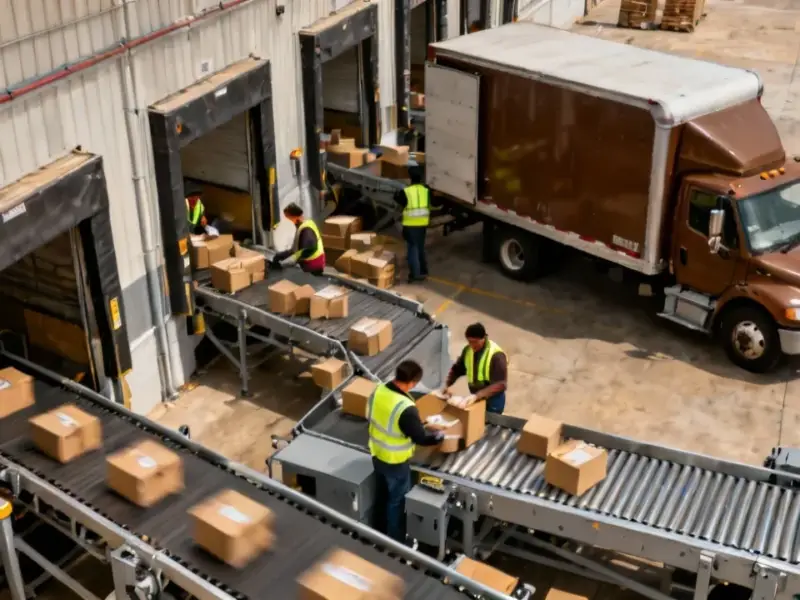According to CNBC, the global critical minerals race has triggered a dramatic rally in U.S.-listed rare earths mining stocks, with shares of Critical Metals advancing 241% over the last three months despite recent pullbacks. Other major players including NioCorp Developments, Energy Fuels, and Idaho Strategic Resources have all surged well above 100% over the same period, with Energy Fuels’ stock price quadrupling through the first ten months of 2024 and NioCorp Developments’ shares nearly quintupling year-to-date. Tony Sage, CEO of Critical Metals, which controls one of the world’s largest rare earths deposits in southern Greenland, described the phenomenon as the fourth major market boom following gold in the 19th century, oil in the 20th century, and technology in the early 21st century. The surge comes as rare earth elements become central to the geopolitical rivalry between the U.S. and China, positioning these minerals as the power source for future technologies.
The Geopolitical Realignment Driving Mineral Markets
What we’re witnessing is far more than typical market speculation—this represents a fundamental restructuring of global supply chains that have been dominated by China for decades. China currently controls approximately 80% of rare earth processing capacity and 60% of mining production, creating significant strategic vulnerabilities for Western nations. The current stock surge reflects investor recognition that decoupling from Chinese supply chains isn’t just desirable but necessary for national security and technological sovereignty. Countries are now scrambling to secure alternative sources, with projects like MP Materials’ Mountain Pass mine in California becoming strategically vital assets rather than mere commercial enterprises.
The Green Energy Transition’s Hidden Dependency
Behind every electric vehicle, wind turbine, and energy storage system lies a complex web of critical minerals that most consumers never see. A single electric vehicle requires six times the mineral inputs of a conventional car, while offshore wind plants need thirteen times more mineral resources than natural gas power plants of similar capacity. This creates an unavoidable paradox: the transition to clean energy depends entirely on mining operations that face significant environmental and social challenges. The companies experiencing these massive stock gains—Energy Fuels, NioCorp, and others—represent the essential but often overlooked foundation of the entire green technology ecosystem.
A Fundamental Shift in Investment Philosophy
The extraordinary returns in rare earth stocks signal a broader transformation in how investors value resource companies. Traditionally, mining investments were evaluated based on production costs, reserve quality, and commodity price cycles. Today, these companies are being priced as strategic national assets with geopolitical premiums. Investors aren’t just betting on mineral extraction profitability—they’re betting on government support, supply chain security mandates, and the increasing weaponization of mineral exports. This represents a paradigm shift where political risk has transformed from a liability to an asset for companies positioned outside Chinese influence.
The Emerging Winners and Vulnerable Players
While mining companies are experiencing unprecedented gains, the ripple effects extend throughout global manufacturing. Automotive manufacturers, renewable energy developers, and defense contractors face escalating input costs and supply uncertainties. Smaller technology companies without the scale to secure long-term mineral contracts may find themselves priced out of critical components. Geographically, countries with established mining industries like Australia and Canada stand to benefit, while manufacturing-heavy nations without domestic mineral resources face increasing vulnerability. The U.S. Department of Energy’s critical minerals initiative reflects the recognition that entire industrial sectors depend on securing these supply chains.
The Sustainability Challenge Ahead
The rapid expansion of rare earth mining presents significant environmental contradictions. While these minerals enable clean energy technologies, their extraction often involves toxic chemicals, radioactive byproducts, and substantial water consumption. Companies experiencing stock surges now face increased scrutiny regarding their environmental, social, and governance practices. The next phase of growth will require balancing production increases with sustainable mining practices, community engagement, and circular economy principles. Investors should watch for how these companies address these challenges while maintaining their explosive growth trajectories.
Beyond the Hype: Realistic Long-Term Outlook
While current valuations reflect tremendous optimism, the path forward contains substantial obstacles. Developing new mining projects typically requires 7-15 years from discovery to production, creating a significant lag between market demand and supply response. Technological innovation in recycling and material science could eventually reduce primary mineral demand, while synthetic alternatives may emerge for some applications. The most successful companies will be those that navigate this complex landscape of geopolitical pressures, environmental responsibilities, and technological disruption while maintaining operational excellence. The rare earth boom represents not just an investment opportunity but a fundamental reordering of global resource economics that will define technological advancement for decades to come.




